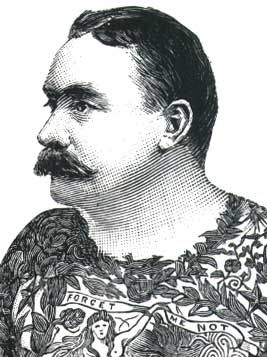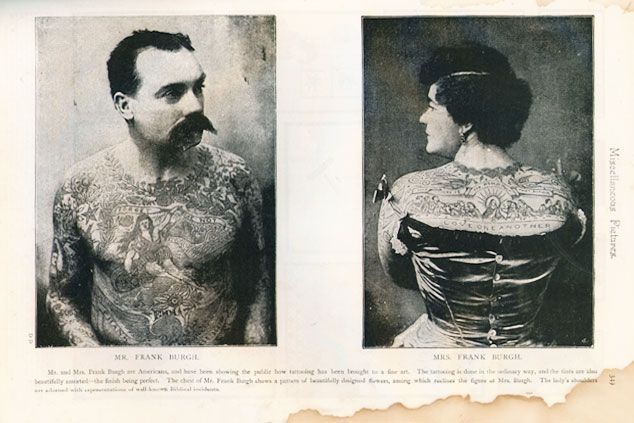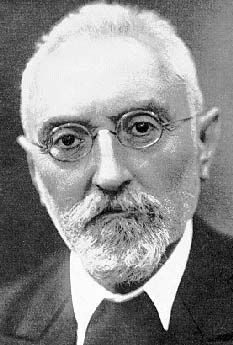Dalí's daisy.
 Enric Bernat put sweets on sticks so children wouldn't get sticky fingers and parents wouldn't get upset about the mess. He wanted to create a product that would be like "eating a sweet with a fork”. He founded Chupa Chups SA in Asturias in 1957; now headquartered in Barcelona.
Enric Bernat put sweets on sticks so children wouldn't get sticky fingers and parents wouldn't get upset about the mess. He wanted to create a product that would be like "eating a sweet with a fork”. He founded Chupa Chups SA in Asturias in 1957; now headquartered in Barcelona.His lollipop was first named Gol (goal), because of its spherical shape; later changed to Chups. To promote the lolly, a song was created for the radio, with the chorus line: 'Chupa chupa chupa un Chups' (Suck suck suck a Chups); but kids who'd heard the song asked for 'chupa Chups' in the shops, so the name was changed.
In 1969, wanting a new logo, Enric Bernat went to Figueras to see Salvador Dalí. In less than an hour, Dalí had designed the daisy-flower Chupa-Chups logo which the lollies have worn ever since.
chupar to suck
aspirar to suck in/up
lisonjear to suck up to someone
also:
una chupa a short jacket
lamer to lick
Here's a brilliant Dalí site, in English, Spanish, Catalan and French.
Added February 25th:
Whilst checking my pings (if that's what it's called) I came across this E-pop post about Chupa-Chups with similar info, in Spanish.









